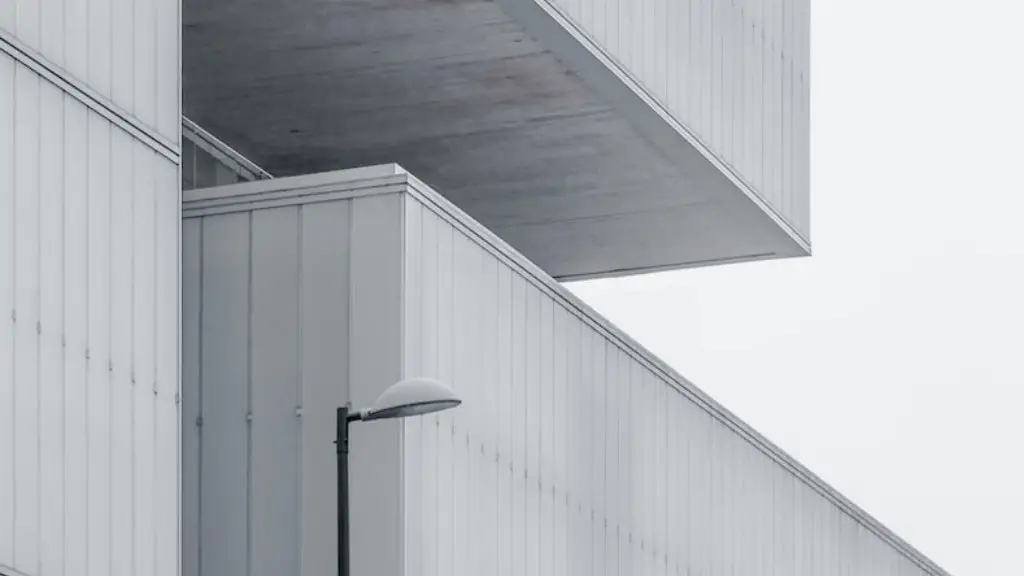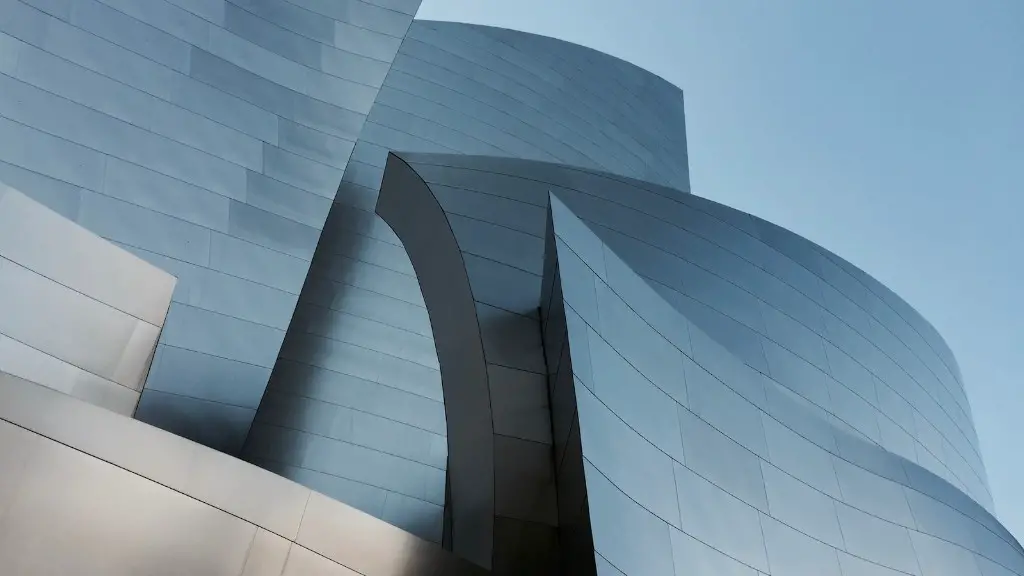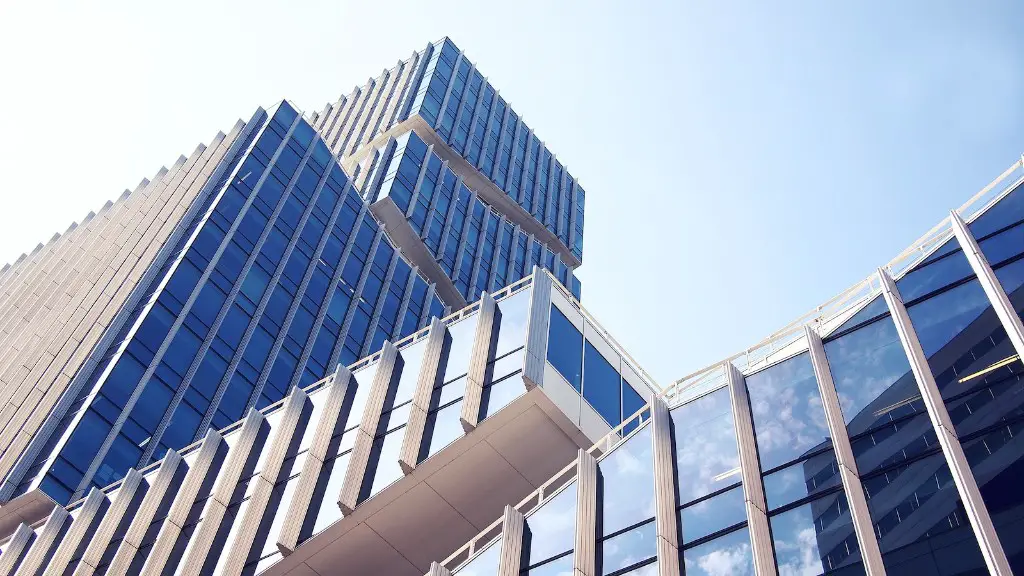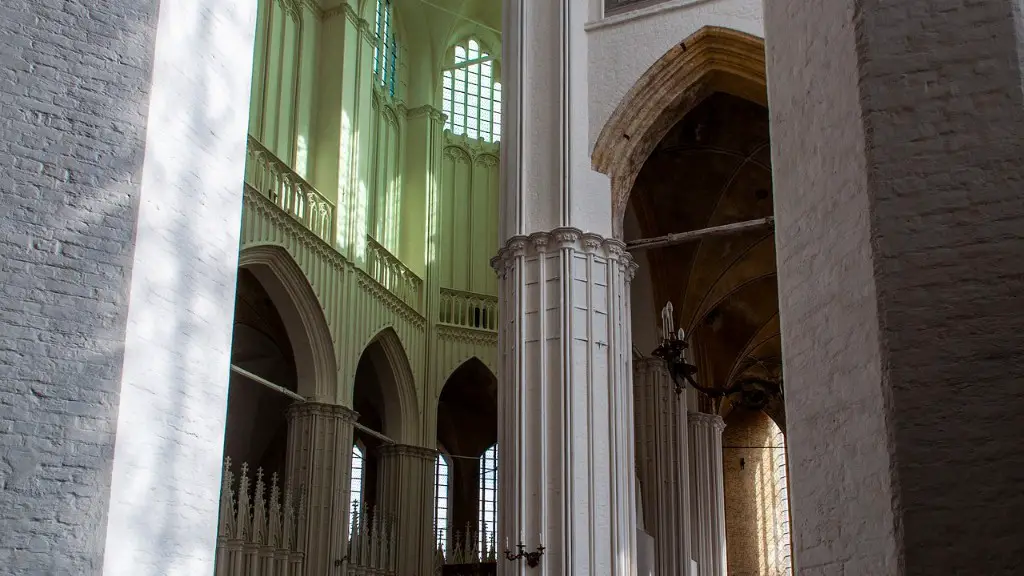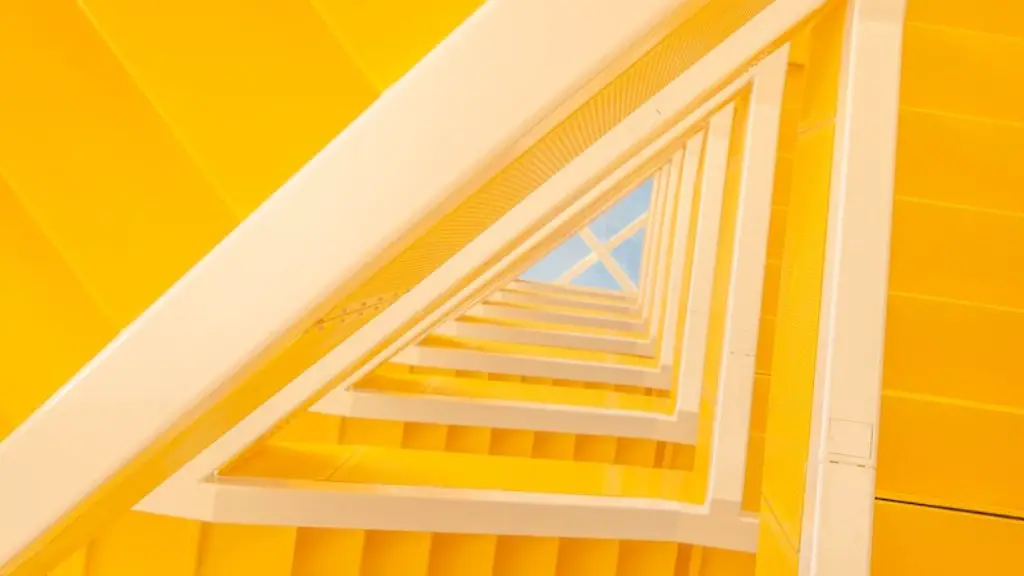Definition
Sustainable green architecture is an approach to the design, construction and operation of buildings in an effort to lessen their environmental impact, reduce energy and resource consumption, and create healthier spaces for the people who occupy them. Although encapsulated in the idea of a single approach, sustainable green architecture consists of myriad components. From efficient passive strategies to active technologies, sustainable green architecture is designed to minimize its environmental impacts and maintain the health of its occupants.
Sustainable green architecture pays special attention to the “footprint” of a building, or the estimated and measurable environmental impacts, including air pollution, energy consumption, water and resources used in construction.
Goals
The goal of sustainable green architecture is to reduce the environmental impact of buildings by minimizing the consumption of natural resources, reducing waste, and mitigating the effects of climate change. In addition, sustainable green architecture addresses the health of occupants through improved air quality and enhanced daylighting and natural ventilation. By integrating these four elements, sustainable green architecture creates a balanced, healthy, and energy-efficient built environment.
85 percent of human life happens indoors. By reducing the burden of buildings on the environment, we can create spaces that foster both environmental and human health. Creating buildings that are not only net-zero, but also health-positive, is the ideal.
Solutions
The primary solutions to creating a sustainable green building are the efficient use of resources, the use of low-carbon materials and the integration of renewable energy sources. Examples of materials and technologies which can be employed to achieve these objectives include the use of passive cooling, green roofs and walls, solar panels, energy-efficient lighting and appliances, and greywater systems.
In addition, the design of the building plays an important role in achieving sustainable green goals. Sustainable design strategies, such as minimizing daylight glare, maximizing natural ventilation, and minimizing energy usage by locating spaces with the most appropriate needs in the most appropriate location, all contribute to the overall sustainability of a building.
Benefits
The benefits of sustainable green architecture go beyond reducing greenhouse gas emissions and conserving resources. Building occupants enjoy improved comfort through better indoor air quality, less noise pollution, natural daylighting, and greater access to fresh air. The building itself is more resistant to the effects of climate change, and also provides visual reception through its architectural aesthetic.
In addition, sustainable green architecture can reduce operating costs within a building, as it is designed to reduce energy and water usage. Studies have shown that sustainable green buildings have a higher occupancy rate, and their value is often greater than that of conventional buildings.
Examples
There are many examples of sustainable green architecture all over the world. Some of the most well-known green buildings include the Empire State Building in New York City, the International Commerce Centre in Hong Kong, and the Taipei 101 Tower in Taiwan. Each of these buildings has adopted sustainable design features such as energy-efficient lighting and appliances, natural ventilation and cooling, green roofs, and solar panels.
In addition, many cities are beginning to implement green building standards and regulations, such as the LEED certification system created by the US Green Building Council. This certification system is used to assess the performance of buildings based on criteria such as energy efficiency, water conservation, and indoor air quality.
Problems
Although sustainable green architecture has great potential to reduce the environmental impact of buildings, there are also challenges associated with its implementation. These include the high cost of materials, the lack of experience in green building design, and a general shortage of financial incentives for the development of green buildings.
In addition, there is still a lack of understanding among the general public about the benefits of sustainable green architecture. Without this understanding, it can be difficult to promote the concept and its associated benefits. Further research and education about the potential of sustainable green architecture are essential to promote its adoption.
Integrated Systems
Sustainable green architecture is best achieved by integrating multiple strategies and systems. These include energy-efficient building envelope design, passive cooling and natural ventilation, green roofs and walls, energy-efficient lighting and appliances, and the integration of renewable energy sources. By carefully considering the energy needs of the building, and striving to reduce the demand for energy, buildings can be more efficient and cost-effective in the long term.
In many cases, the combination of different elements — such as passive cooling and active technologies — has the greatest potential to reduce a building’s environmental impact. By combining elements of a building design in a holistic approach, sustainable green architecture can be achieved effectively.
Renewable Energy
Many buildings nowadays are equipped with renewable energy systems, such as solar panels and geothermal systems, as well as energy storage technologies. Renewable energy sources reduce the reliance on fossil fuels, thereby reducing the building’s carbon footprint and saving money in energy costs. In addition, For buildings to become net-zero — meaning they produce as much energy as they consume — renewable energy systems are essential.
In addition, many renewable energy systems are designed for scalability, allowing for the future installation of additional modules. This flexibility makes renewables especially attractive for large-scale projects, as the building can easily be adapted to accommodate larger energy loads or increased demand.
Integrating Technology
Advances in technology have vastly increased the potential for sustainable green architecture. Examples of these advances include the integration of smart sensors, which enable the efficient operation of equipment and systems. By connecting equipment, such as fans and lighting, to sensors, the systems can be automatically adjusted to achieve maximum efficiency.
In addition, the use of virtual reality (VR) and augmented reality (AR) technology makes it easier to test and visualize the performance of buildings. This type of technology can be used to simulate the energy performance of a building, as well as to visualize how the building will look and function once completed.
Conclusion
Sustainable green architecture is a multifaceted approach to designing, constructing, and operating buildings in order to lessen their environmental impact and create healthier spaces for the people who occupy them. By combining efficient passive strategies with active technologies, and integrating renewable energy systems, buildings can become efficient and cost-effective in the long term.
The potential of sustainable green architecture is vast, and advances in technology, such as the integration of smart sensors and VR/AR, have made it easier to visualize, test, and implement sustainable designs. Although challenge still exist, including a lack of public understanding, the benefits of sustainable green architecture are immense and its adoption is essential to creating a healthier, more environmentally friendly built environment.
